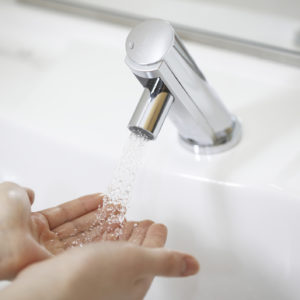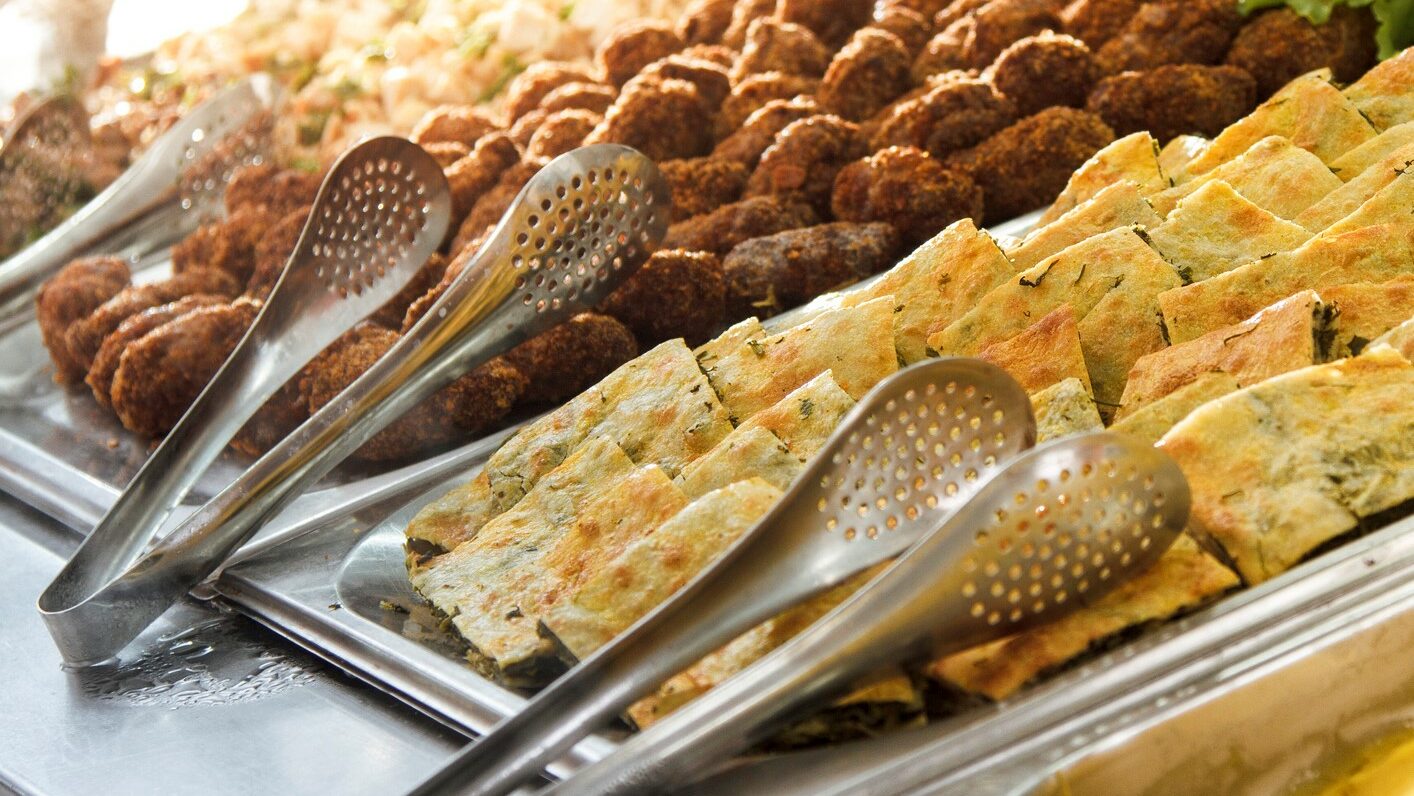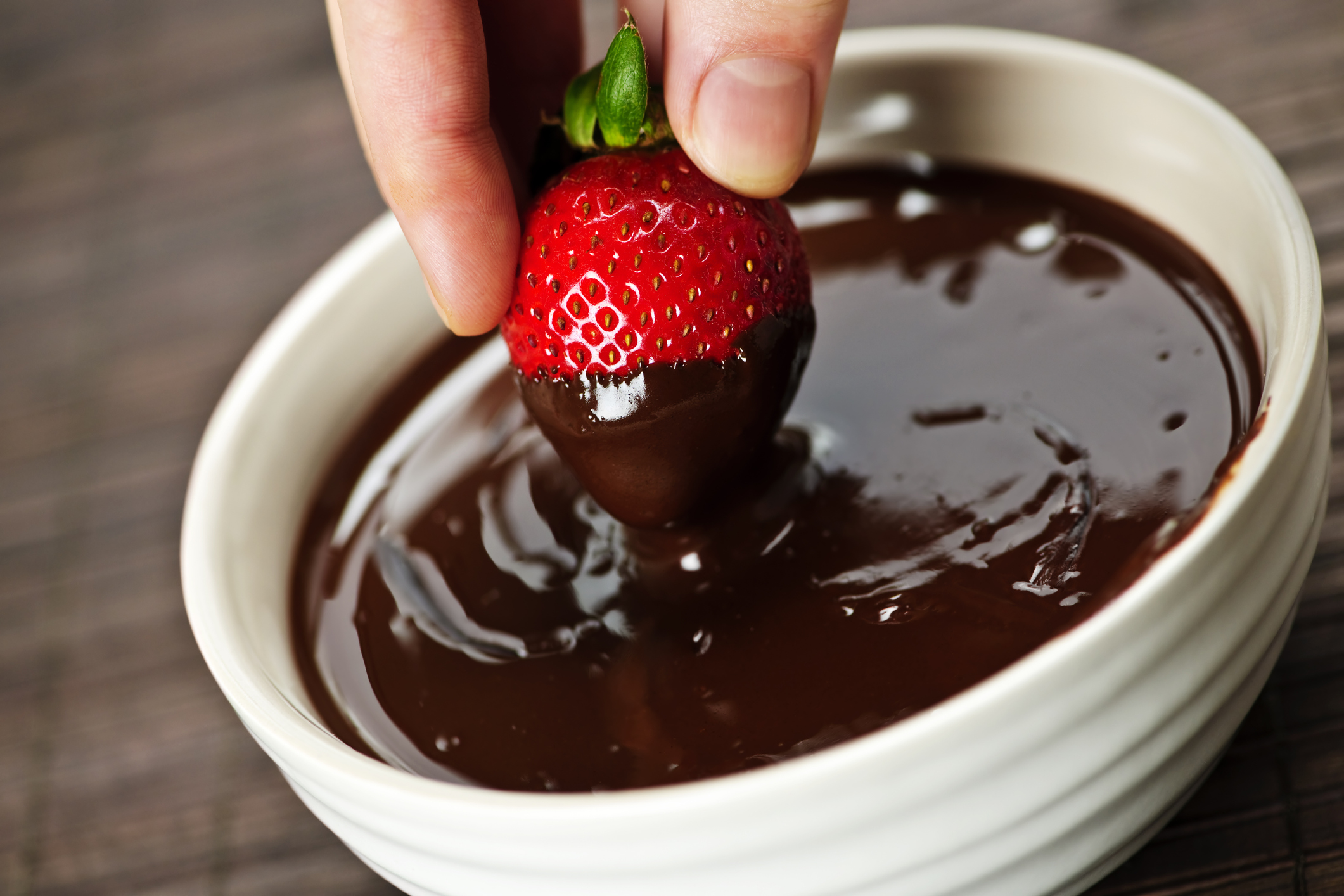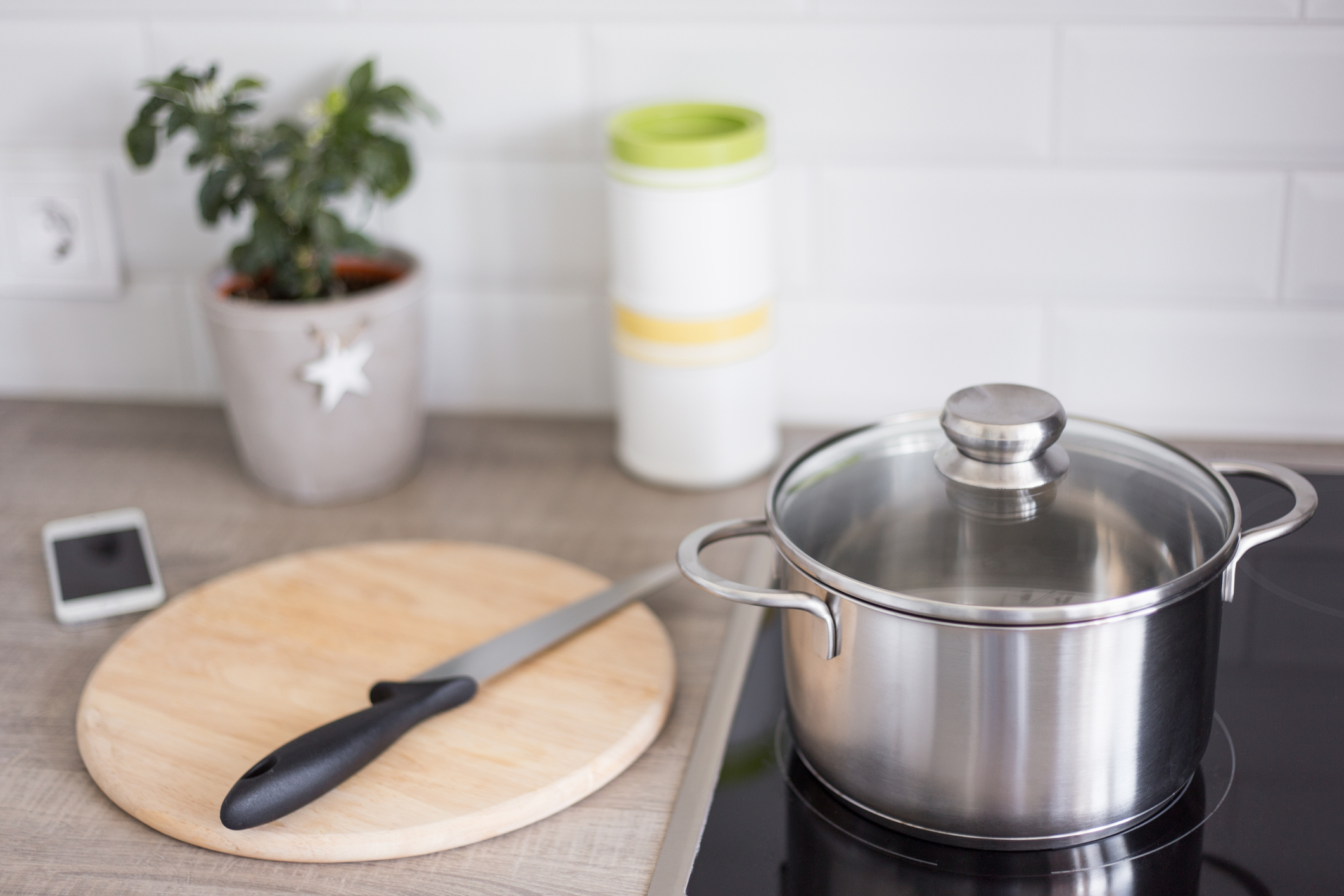What is cross-contamination?
Cross-contamination can happen when a small amount of a food allergen gets into another food accidentally through the manufacturing or food preparation process. It can also occur through contact with utensils, surfaces or objects, as well as passed through saliva. Even a small amount of an allergen can cause an allergic reaction.
Examples of cross-contamination
For example, nuts on top of a salad will lead to cross-contamination of other foods in the salad, even if the nuts are removed.
Cookware, dishes, utensils (e.g. forks, spoons, knives) or cooking surfaces that are not properly cleaned before preparing food for someone with a food allergy could lead to cross-contamination.
Food allergens can be passed on through saliva from people and pets. Anything that goes into the mouth could be a possible source of cross-contamination.
In food manufacturing, cross-contamination can occur in the production of food. It may happen in a shared facility, through shared production lines or have occurred with ingredients provided by suppliers.
Since precautionary labelling (e.g. “may contain”) is voluntary in Canada, food manufacturers have discretion on how and when to use these statements if they believe there is a risk to consumers with food allergies. Although these statements are not regulated by Health Canada, if they are used, they must be truthful and not misleading.
Not sure about a product? Contact the company to discuss whether cross-contamination may be an issue. Some people also refer to this as cross-contact.
To report a product to the Canadian Food Inspection Agency, visit our reporting to the CFIA page.
- The Canadian Food Inspection Agency (CFIA)
The CFIA takes food safety and labelling seriously. If you report a potential labelling issue, they may examine your product and record the lot/batch number on the package. This number identifies a specific plant (factory) and production date and time. The CFIA may visit the plant to inspect the facilities and the product made, according to the batch number. If a labelling error has occurred, the product may be recalled. Learn more on our “Reporting to the CFIA” page.
“Many people don’t realize the true concept of cross-contamination. My first experience was when we were staying at a friend’s house on a holiday and determined jam was a safe thing to put on my daughters toast. My friend grabbed the toast as she was about to eat it and said, ‘I can’t guarantee there wasn’t a peanut butter knife in that jam!!’ It never even occurred to me.”
~Parent
- Keep in mind that as children get older, they’ll understand more. There can be greater risk for young children who learn about their world by touching. They often have poor hand-washing skills and may put things (e.g. toys) into their mouths and touch their eyes and nose.
- Older children are better at hand-washing, but new issues come up as they mature. For example, they may not think about the risks of sharing lipstick or kissing.
Reduce the risk of cross-contamination

- Teach your child to wash their hands before and after eating or before touching their eyes, nose or mouth. A small research study found that soap and water and commercial hand-wipes removed peanut residue but hand sanitizing gels did not.
- Carry hand wipes in case soap and water are not available.
- Do not share food, utensils, or drinks.
- Do not pick an allergen out of a food (e.g. removing nuts from a salad). This will not make it safe. The person with the food allergy will need a new meal prepared for them.
- Wash cookware (pots, pans), dishes and cutlery (spoons, knives, forks) well. Food that is stuck onto dishes or utensils that have gone through the dishwasher can still cause an allergic reaction.
- Clean surfaces with soap and water, commercial cleaners or commercial wipes.
- Allergens can stay on sponges and towels so the safest option is to use disposable methods, such as paper towel or wipes.
- Share these food allergy do’s and dont’s with others.
- Print our do’s and don’ts
10 easy ways to avoid cross-contamination

- Don’t share food, napkins, dishware, cups and utensils (forks, knives, spoons).
- Ask everyone to wash their hands before and after preparing food.
- Ask everyone to wash their hands before and after meals.
- Keep foods that do not contain your child’s allergens away from those that do. For example, if you have products with their allergens in the house, have a special dedicated shelf for your child’s food in cupboards. Do not store their food on shelves below those where food with their allergens are kept in case of spillage.
- Remember to keep the ingredient labels if you separate large packages of food into smaller portions.
- Clean surfaces (e.g. kitchen counter, table top, microwave) and use clean pots, pans and utensils when preparing food.
- Prepare allergen-free food before food that contains your child’s allergens. Set their dish aside and cover it in case other food splatters during cooking.
- Eat in certain areas of the home only (e.g. kitchen or dining table).
- Carefully label containers that contain your child’s leftovers.
- Keep some ready-to-serve foods on hand that are safe for your child when you are too busy to cook.




